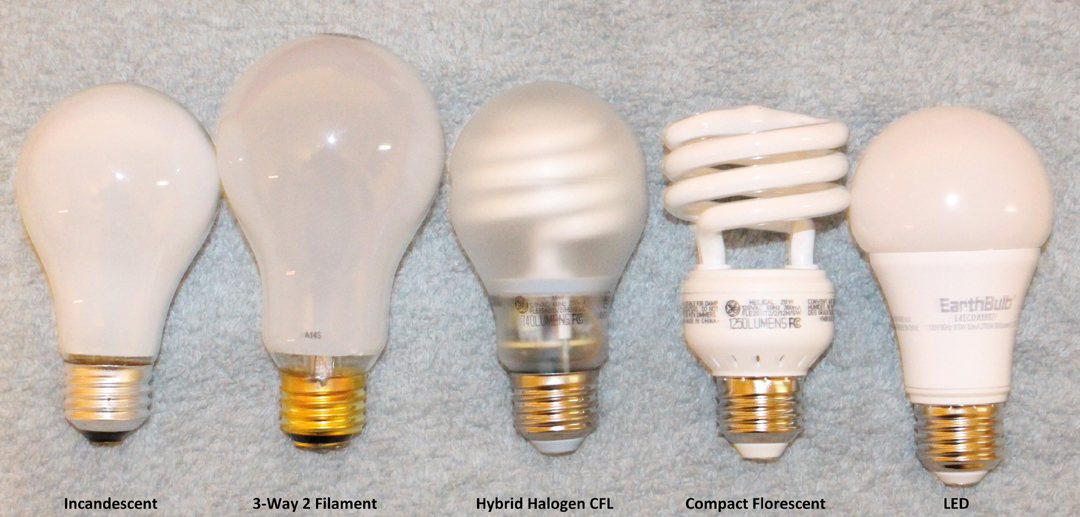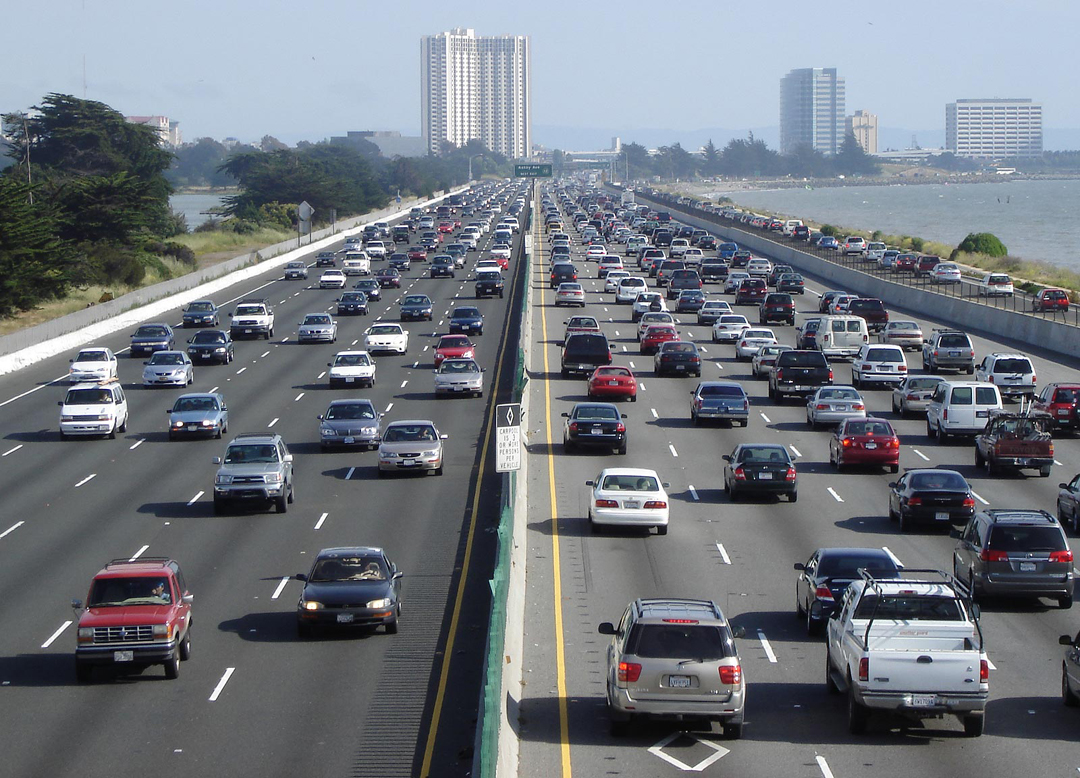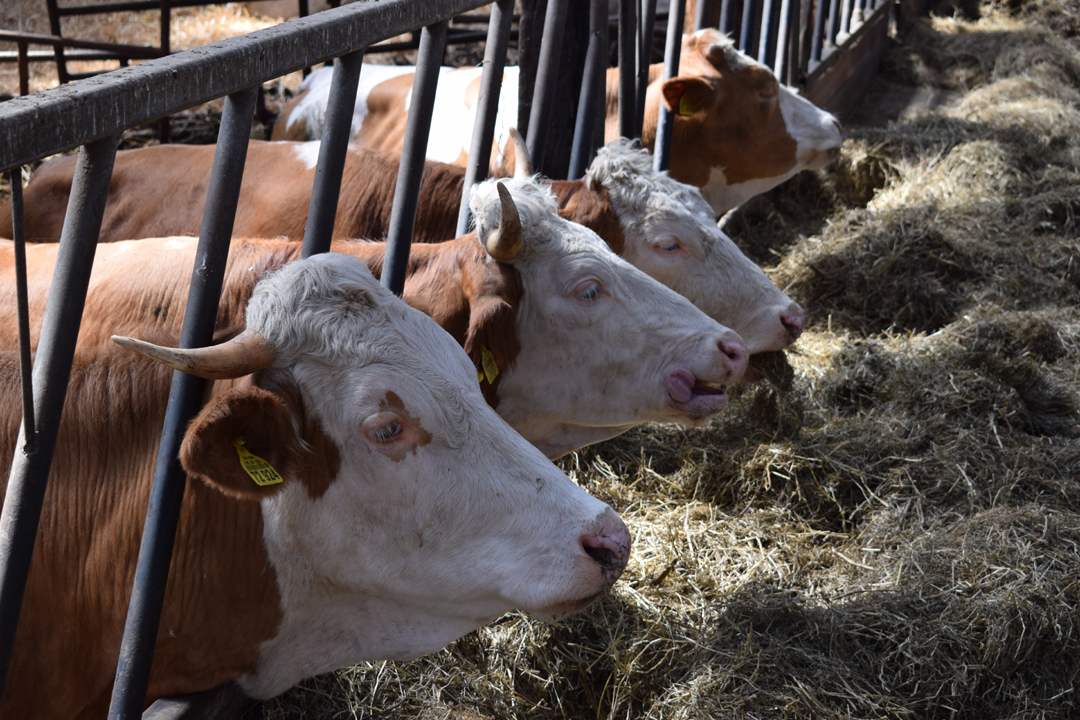
To insure a bright future for all life on earth we need to lower our personal carbon footprint. If you have the space and resources, renewable energy technologies such as solar can drastically reduce your greenhouse gas (GHG) emissions. Fortunately, there are also many lifestyle changes you can make right now to help. Most of us can significantly reduce the impact that our residences, vehicles, meals and online shopping make on our environment.
On average, about 1 pound of carbon dioxide (CO2) is released into the atmosphere for every kilowatt hour of electricity generated in the United States. Residential utility customers use only about 10% of all U.S. electricity, which might seem to exonerate the average citizen's GHG impact until you realize that the other 90% is being used by businesses and industries which employ us and supply many of the goods and services we consume. Most of us have no idea of our relative home and work-related carbon footprints or what we can do to reduce them. For example, driving a vehicle for only a mile at 21.2 mpg emits 0.93 lbs. of CO2, while burning a single 100-watt incandescent bulb for 10 hours produces the CO2 emission equivalent (CO2e) of 1.05 lbs.

In 1970, bottles, cans and garbage lined America's roads. Today, almost no one throws anything out of a car window, and recycling is widespread. Likewise, we have also changed the way we light our homes. In 1970, incandescent bulbs were standard. During the 80's and 90's dangerous and wasteful halogen fitted torchiere lamps containing bulbs up to 500-watts were popular. By 2016, only 6% of light bulbs in American homes were incandescent. Those old Edison bulbs have now been replaced with Halogen incandescent bulbs, which use 30% less energy and last up to three times longer, as well as ultra-efficient long lasting compact fluorescents and LEDs. The latter use as much as 75% and 85% less energy than incandescent bulbs respectively and last up to 10 and 20 years longer.
The lighting revolution still has a long way to go in the commercial and small business sectors. For many companies looking for immediate ways to cut their carbon footprint, a lighting upgrade is great way to start. Businesses can cut their lighting bills by at least 50% when they retrofit or convert their existing fluorescent bulbs and/or fixtures to LEDs. Switching to LEDs can provide a flicker-free dimmable lighting experience using a safer mercury-free bulb. LEDs retain 70% of their rated lumens for at least four times longer than traditional fluorescent bulbs. There are many upgrade options, all of which will reduce maintenance costs, energy use and greenhouse gas emissions.
The Big Recession, pro-environmental legislation, and market adjustments encouraged Americans to save energy and reduce expenses. However, cheap gasoline, deregulation, and a stronger economy have lured many back to large cars and trucks with abysmal fuel economy. This is a big problem because the average American driver racked up a record 13,476 miles in 2018, most of which was related to their commute. Americans have also been keeping their old fossil fuel cars and trucks longer. In 1970, 61% of the light-duty vehicles driven in America were no more than 5 years old and they only managed to average 13 mpg. In 2013, only 32% of vehicles on the road fell into this category and by 2019 their average age hit an all-time high of 11.8 years.

Over the past 45 years, the average fuel economy of light-duty cars and trucks has only doubled, and as of 2006, those 10 to 30-year-old vehicles were still racking up between 5,000-10,000 miles a year. Whether they burn diesel or gasoline those old vehicles are gross polluters that are hindering advances. The latest models of both engine categories only differ slightly with respect to the percentages of GHGs and particulate poisons emitted. Moreover, 84% of a vehicle's lifetime emissions are the result of use rather than manufacturing. The conclusion is inescapable - now is the time to scrap the old jalopy.
Falling prices, more choices, increased range, federal tax credits, state incentives, and GHG reductions are encouraging new car buyers to invest in electric vehicles (EVs). By 2025, J.P. Morgan has estimated that EVs and hybrid EVs will account for 30% of all vehicle sales, and by 2030 this figure is projected to double reducing sales of light-duty fossil fuel vehicles to only 41%. Nevertheless, we need to do more than just switch to EVs. We need to update how and how often we commute. Only 5% of Americans use public transportation and in 2013 the national average for driving to work alone was 76.4%.
Thankfully, there is evidence that attitudes are changing. In the greater Washington D.C. area, the percentage of lone commuters has already fallen from 71% to 58% since 2004 due to telecommuting and a variety of transit alternatives. Working from home at least two days a week could dramatically cut your emissions depending on your profession, location, distance from work, and time of year. While you could be reducing fuel consumption, bear in mind that 41% of residential energy use results from heating (air, water and cooking) and cooling. While many will cut their GHG emissions by staying home, you need to look at the bigger picture to determine which strategy is best for the environment. If your residence is large and empty during the day, and, your workplace is nearby and already climate controlled, your total daily emissions could be considerably lower overall after a low emission commute.
Many of us live in apartments and do not own a vehicle. We already walk, cycle, rideshare and use public transportation. What else can we do besides conserve energy, upgrade old equipment, and "recycle, reuse, and repurpose?" The August 2019 Carbon Footprint Factsheet from the Center for Sustainable Systems at the University of Michigan provides some startling statistics. Our dietary choices drastically effect our planet. Food accounts for 10-30% of a household's carbon footprint and food production contributes 68% of global GHG emissions – excluding distribution which adds another 5%.

In the average American diet, meat and dairy account for 56.6% and 18.3% CO2e respectively, while grains, fruits and vegetables only account for 6.3% combined. A single 4 ounce serving of red meat is equal to 6.61lbs CO2e! If you can't give up animal protein, you can reduce GHGs by consuming less red meat, eating smaller portions, and substituting poultry, pork, fish, and eggs. Replacing beef with chicken for one year would reduce your CO2e by 882 lbs., which is greater than the average refrigerator's (727 lbs.) CO2e for the same period. And speaking of appliances, if you can fit an Energy Star dishwasher into your kitchen - please do – it will use less energy and water than washing by hand.

Global retail sales in 2019 will be about $21 trillion, of which about $3.46 trillion will be via e-commerce. Because this sector is growing rapidly worldwide, online shopping habits will continue to have enormous GHG implications. Rather than buying the most popular, inexpensive product that can be delivered overnight, invest the time to find enduring fair-trade products, made from sustainable processes and materials that are shipped in minimal packaging which can be reused or recycled. Support local American businesses and Certified B Corporations which are striving to provide quality products and services while maintaining a low carbon footprint. Do you really need it tomorrow? Plan ahead and order enough supplies for the future when applicable, and always bundle multiple items for a single efficient ground delivery whenever possible. Air freight nearly doubles the carbon footprint of delivery. Please do not drive around town to figure out what to buy online. This crushes local businesses, and releases more GHGs. Finally, when you have to return faulty, incorrect or unwanted items even more fuel is burned, so research carefully and buy local whenever possible.

Next time someone shrugs their shoulders and suggests there is nothing they can do to combat climate change, set the record straight. You can help now by adopting these strategies to lower your carbon footprint. Set a good example and inspire others so we can convert our energy and resource use culture to a sustainable model. And when you are ready to go solar and/or add an EV charging station, the employee-owners of Sun Light & Power will be here to help.
Seamas Brennan is a Blog Contributor, Researcher, and Engineering Admin. Assistant at Sun Light & Power
Updated on September 28, 2020 to include LED lighting upgrade options for businesses using fluorescent bulbs.